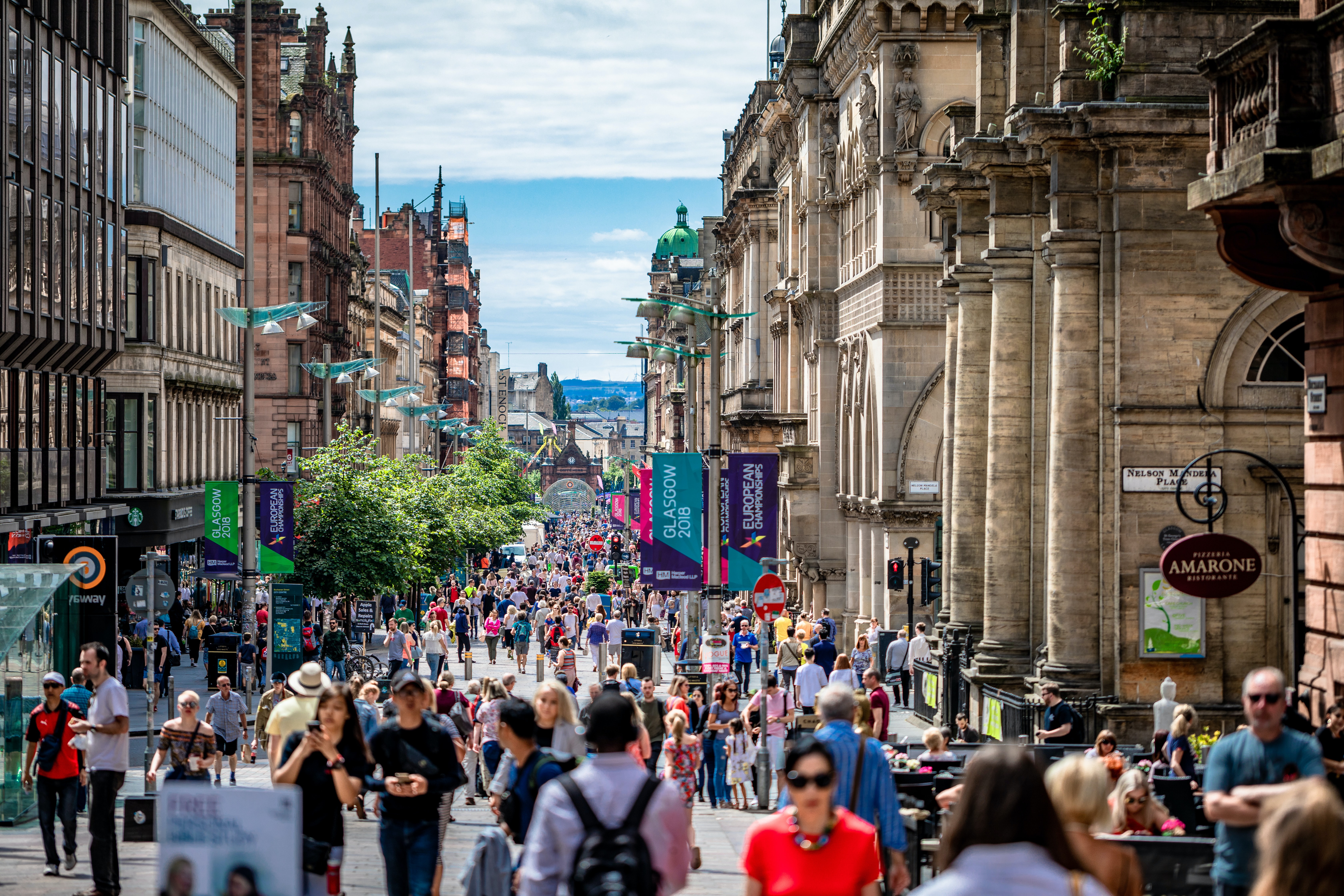People have been speculating about it for a while, but it’s now officially Government policy – Use Class E buildings will soon be able to be converted to resi under permitted development.
Coming into effect on 1st August 2021, these changes will have a huge impact on what our high streets look like, and how we use them.
And that makes them pretty controversial...
What the permitted development change means
Instead of needing a full planning application to convert Use Class E (that’s the new class combining many high street buildings, like shops, offices, restaurants etc. into one group), developers can now convert under the simpler ‘prior approval’ process.
New to Use Class E?
Get the full breakdown of what's included with
our free guide to permitted development rights
The reason behind the new rules is an acceptance that the high street is changing, and an attempt to help the space be put to the best use.
In the Government’s words:
“Allowing unused commercial buildings to be changed into homes will encourage more people to live near local high streets and come to the area for work and leisure, helping cement our high streets and town centres in their rightful place at the heart of communities.”
Restrictions on Converting Use Class E to Resi
This is by no means a development free-for-all.
There are a few restrictions, including that the site:
- Must be under 1500m2 – to ensure the focus is on medium-sized sites, which are best for conversion
- Must have been in commercial use for two years before – ‘to prevent gaming’, in the Government’s words
- Must have been vacant for three months – to protect successful businesses
Then, even if all these apply, local authorities can still turn down the conversion for a number of reasons – such as lack of natural light to habitable rooms, the impact of the loss of health centres, or the impact of noise from nearby commercial premises etc.
Interestingly (and controversially) the right even applies in Conservation areas (but not in other protected land, like AONBs).
But that’s not the only reason it’s controversial.
Why the new rules are controversial
There is a real fear that this change will destroy the high street forever.
After all, properties are generally going to be more valuable as residential than they are as commercial, so why wouldn’t existing owners cash in?
This change essentially cuts local planning teams and local communities out of the decision-making process, so they get no say in what happens to their high street.
In a joint letter, the Royal Town Planning Institute (RTPI), the Royal Institute of British Architects (RIBA), the Chartered Institute of Builders (CIOB) and the Royal Institute of Chartered Surveyors (RICS) all requested that the prime minister ‘urgently reconsider the measures’.
“Yesterday’s announcement aimed at allowing commercial premises to be converted into homes presents a risk for our nation’s town centres and small businesses. Without the usual checks and balances through the normal planning process and without the facility for local communities to comment on proposals, this risks creating poor-quality housing.”
It’s likely these changes will be fought by a lot of big organisations, to say nothing of a nationwide network of NIMBY activists.
What this means for developers
This is a big change, for high streets as well as developers.
But, for all the controversy, the country needs more housing, and we need to do something with empty high street space. This really could kill two birds with one prior-approval application.
Of course, some will try to use it as a way to build terrible housing cheaply, and sell it at huge markups. But for many developers and architects, the idea of being able to leave their mark on the high street in a way that works for everyone, from the communities to the new homeowners, is an exciting challenge.



